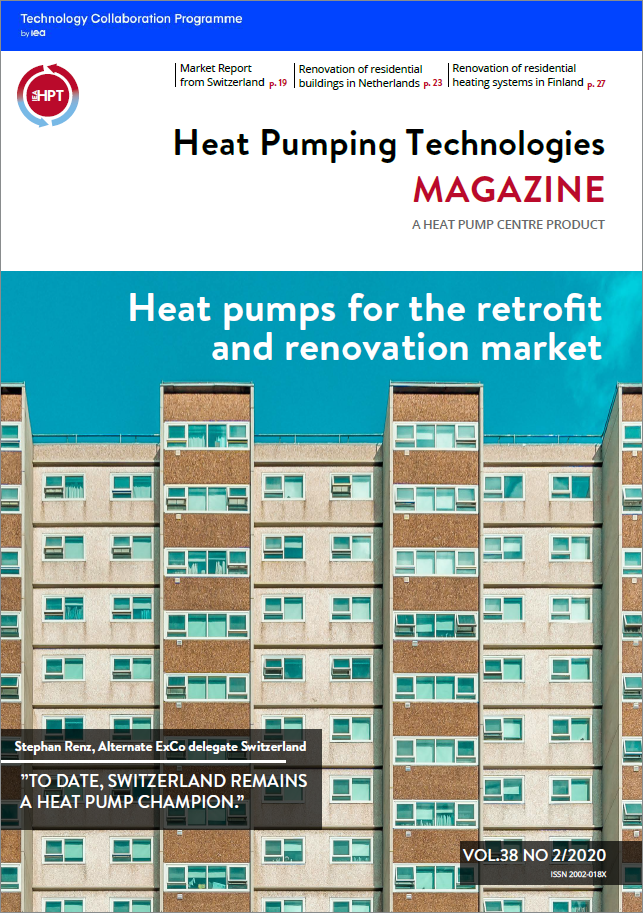|
|
 |
 |
The fight against the Corona virus and its effects continues globally. We should now expect restrictions to continue throughout the entire 2020, with variations between nations and over time. As an effect, the 13th IEA heat pump conference in Jeju, South Korea, is once more postponed and will be held in April 2021.
The fight against global warming and energy-related pollution also continues. The HPT contribution to this fight is, of course, to support wider market deployment of heat pumps. In this issue of the HPT Magazine, the focus lies on “Heat pumps for the retrofit and renovation market”. This is a market of great potential, considering the amount of already existing buildings world-wide with need for an improved heating or cooling system. The two topical articles give examples on this from the Netherlands and Finland.
Below is a list of articles included in the Magazine. The articles in bold can also be found further down, in versions shortened by the HPC.
- Foreword: The renovation challenge, by Onno Kleefkens
- Column: Increasing Heat Pump Market Adoption in Canada, by Martin Kegel, Stephanie Breton, Solange Prud’homme and Justin Tamasauskas
- Heat Pumping Technologies News
- Ongoing Annexes in HPT TCP
- Market Report: Heat Pump Market Development in Switzerland, by Stephan Renz
- Topical Article: Deep renovation of residential buildings owned by housing corporations, by Bas Roestenberg
- Topical Article: Renovation of heating systems in multifamily buildings in Finland, by Jussi Hirvonen and Onno Kleefkens
Read the full HPT Magazine here.
Don't forget to visit our website for news, the latest updates and more information. |
|
|
|
|
|
|
|